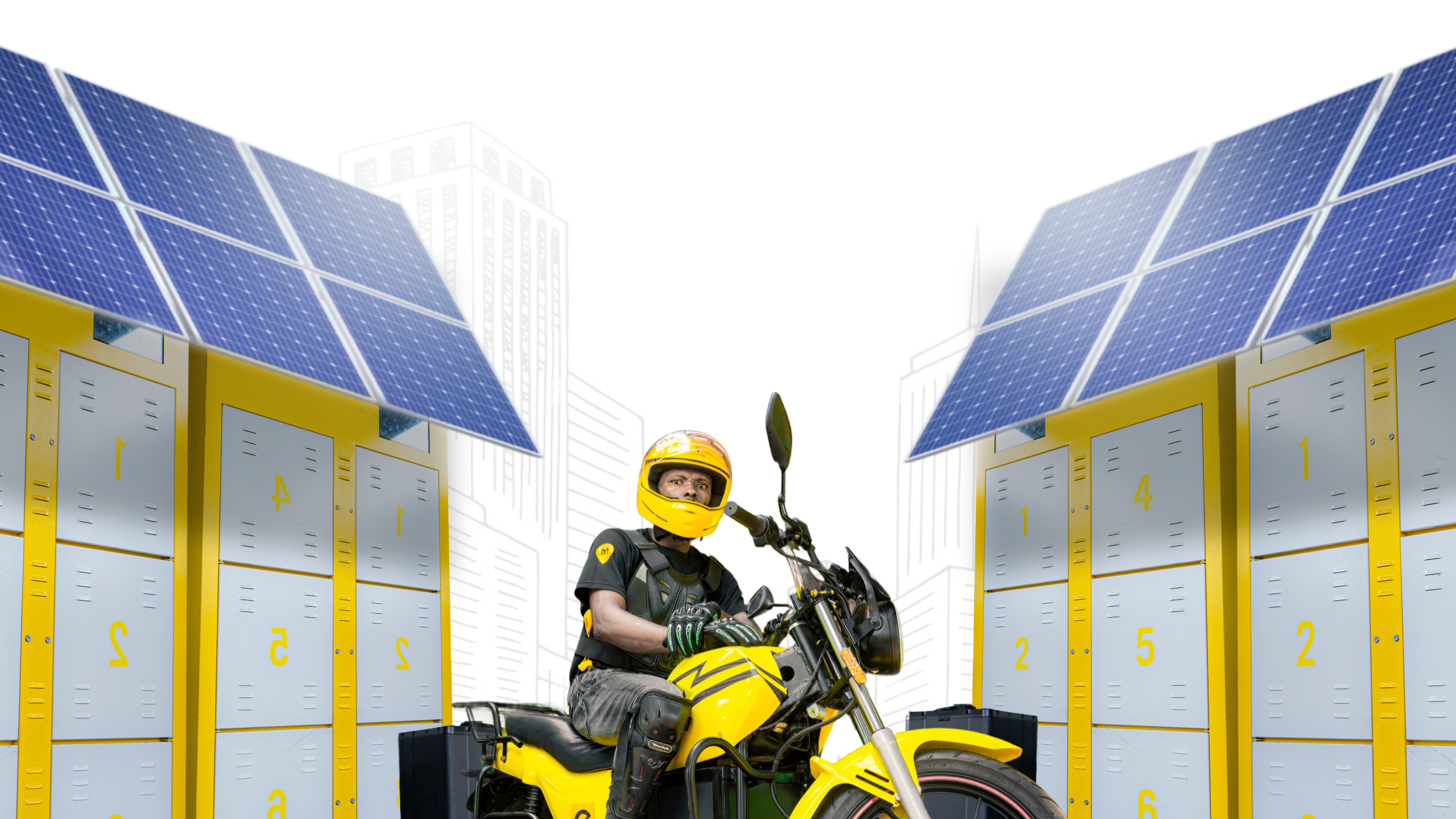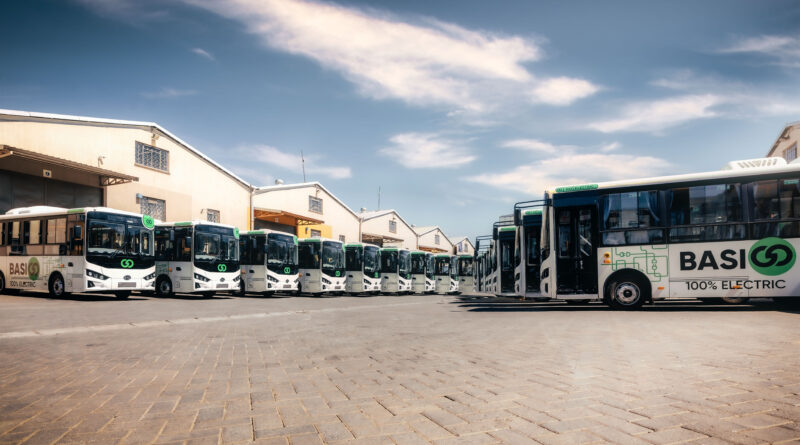Kenya’s renewable energy agenda has received a significant boost after Proparco, the private-sector financing arm of the French Development Agency (AFD) Group, acquired an equity stake in the 100 MW Kipeto Wind Farm, the country’s second-largest onshore wind facility.
The investment was announced during a visit by French Ambassador Arnaud Suquet and forms part of a co-investment strategy with the Meridiam Infrastructure Africa Fund II (MIAF II), where Proparco serves as an anchor investor.
Operational since July 2021, Kipeto runs under a 20-year Power Purchase Agreement with Kenya Power and Lighting Company (KPLC). Its 60 GE turbines generate roughly 432 GWh a year, enough to supply nearly 250,000 households while avoiding an estimated 200,000 to 250,000 tonnes of CO₂ annually.
Proparco’s entry signals both deeper Franco-Kenyan cooperation and a strengthened international commitment to East Africa’s energy transition.
As Kenya pursues a 90% renewable electricity mix by 2030, and Africa confronts a $2.8 trillion financing gap to meet Nationally Determined Contributions (NDCs), Proparco’s stake serves as catalytic capital rather than concessionary aid.
Along with Meridiam’s 2023 acquisition of BTE Renewables valued at $1 billion, this move creates operational and financial benefits between Kipeto and the adjacent 50 MW Siruai wind project, Kenya’s first to integrate battery energy storage. Together, the two sites form a strategic low-carbon corridor with room for future expansion.
Kipeto’s Roots: From Early Vision to Innovation Hub
Kipeto’s journey began in 2008, led by Craftskills Wind Energy International with early support from the International Finance Corporation (IFC) and GE.
After years of environmental, community and financing hurdles, the project reached financial close in 2018. UK-based Actis took an 88% stake, funding construction alongside debt from the U.S. Overseas Private Investment Corporation (OPIC), while Craftskills retained 12%.
Located 70 km south of Nairobi in Kajiado County, the site’s 17 km transmission line connects to the Isinya substation, boosting reliability across the Nairobi metropolitan corridor.
Meridiam’s entry in 2023 brought both scale and technical expertise, incorporating Siruai’s greenfield BESS project to provide peak shaving and frequency regulation, which are critical in a grid where renewables already supply close to 90% of electricity at certain hours.
Kipeto has also distinguished itself through strong biodiversity safeguards. Its “Shut Down on Demand” system uses AI-enabled cameras to pause turbines during raptor migrations, aligning with IFC Performance Standards and setting a benchmark for African wind farms.
Proparco’s arrival builds on this progress, adding fresh equity for turbine upgrades, system optimisations and expanded storage integration.
Proparco and Meridiam: A Growing Franco-African Partnership
Proparco has committed more than €10 billion across emerging markets, focusing on blended finance structures that mobilise private capital for climate-resilient development.
In the past year alone, it unlocked €2.5 billion in co-investments. Its stake in Kipeto deepens a longstanding relationship with Meridiam, whose African portfolio spans clean energy, sustainable transport such as Dakar’s electric BRT, and digital infrastructure, including Côte d’Ivoire’s Biovea biomass plant.
“Partnering with Meridiam at Kipeto accelerates low-carbon growth with tangible socio-economic benefits,” said Jean Guyonnet-Dupérat, Proparco’s East Africa Director.
“This aligns fully with Kenya’s ambitions for affordable power, emissions reductions and shared prosperity.”
The investment also fits within France’s €3 billion Africa climate pledge announced at COP29. Standard Bank, which financed Meridiam’s acquisition of Kipeto in 2024, sees the Proparco entry as a further de-risking milestone.
Kenya’s French Embassy highlighted the decision on X, pointing to the project’s 500+ jobs and community benefits.
READ ALSO:
Proparco Backs Climate Tech Startups with $5 Million Investment
Acceleration Levers: Grid Stability, Jobs and Community Gains
Proparco’s capital activates four key mechanisms that strengthen Kipeto’s role in Kenya’s energy system:
1. Technical Upgrades and Expansion
The new equity will support turbine efficiency improvements targeting 5–10% output gains and enable integration with Siruai’s BESS.
Storage is increasingly essential as Kenya faced more than 20% renewable curtailment in 2025. Expanded capacity will also help electrify underserved Maasai communities along the Nairobi–Kajiado corridor.
2. Emissions Reductions and Affordability
Annual CO₂ avoidance of 200,000–250,000 tonnes is expected to rise beyond 300,000 tonnes with system upgrades and storage optimisation.
Kipeto’s levelised costs of under KSh 5/kWh remain far cheaper than diesel backup solutions, providing consumers with estimated tariff savings of 15–20%.
3. Socio-Economic Multipliers
More than 400 construction jobs, with 200 filled through local training, have transitioned into over 100 permanent roles, supported by indirect employment in operations and maintenance.
The Kipeto Community Trust, funded by 5% of the project’s turnover, has already built 84 homes, rolled out predator-proof bomas, and supported health, education and water initiatives, reaching more than 500,000 beneficiaries through KPLC/Ketraco partnerships.
4. Investor Crowding-In
As an anchor investor in MIAF II, Proparco’s involvement signals bankability to commercial lenders, potentially unlocking €500 million or more for Meridiam’s wider Africa pipeline, echoing precedents like the $1 billion Lekela exit.
Impact Metrics: Before and After Proparco’s Entry
| Metric | Current (2025) | Projected (2030) |
|---|---|---|
| Annual Generation | 432 GWh | 450–470 GWh |
| Households Powered | 250,000 | 300,000+ (with Siruai integration) |
| CO₂ Avoided | 200k–250k tonnes | 300k+ tonnes |
| Jobs Created | 400+ total | 600+ with expansion |
| Community Investments | 5% turnover | KSh 100M+ per year |
(Estimates based on Meridiam and Proparco projections; IRENA benchmarks.)
As Kenya edges closer to its ambition of 100% renewable energy, Kipeto stands out as a model for how international partnerships, local vision and long-term financing can drive resilient growth.
Kipeto Wind Farm Overview
Kipeto Energy has become one of Kenya’s most important renewable power producers, especially with the rise of the Kipeto wind farm Kajiado, a landmark project supplying clean energy to the national grid.
As interest grows, many professionals look into Kipeto wind farm jobs and broader opportunities within the company, often researching the typical Kipeto Energy jobs salary to understand compensation in the country’s growing green-energy sector.
Investors and partners also look for details about the company structure, including information on Kipeto Energy directors and the current Kipeto Energy CEO, as the leadership team plays a major role in steering future expansion.
For site visits, applications, or project enquiries, people frequently search for the Kipeto wind farm address, while suppliers and contractors keep an eye out for new Kipeto Energy tenders related to maintenance, construction, and community operations.
With Kenya’s renewable sector expanding rapidly, Kipeto continues to attract both talent and investment, positioning itself as a major player in the country’s shift toward sustainable power.
Ronnie Paul is a seasoned writer and analyst with a prolific portfolio of over 1,000 published articles, specialising in fintech, cryptocurrency, climate change, and digital finance at Africa Digest News.






